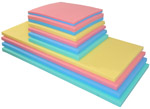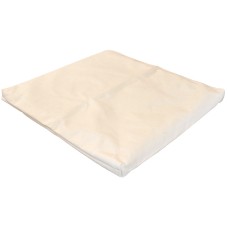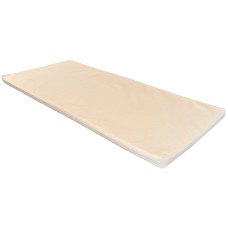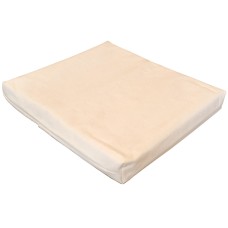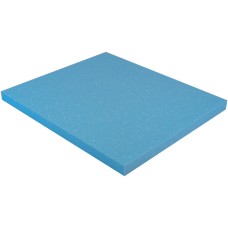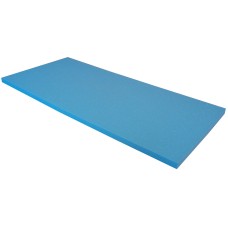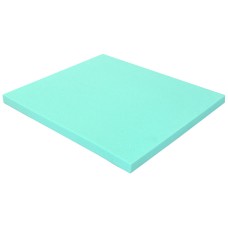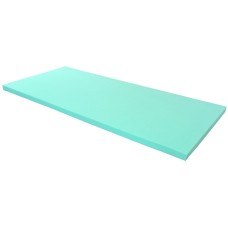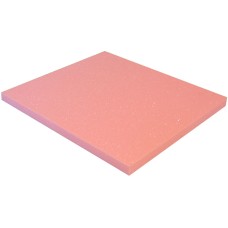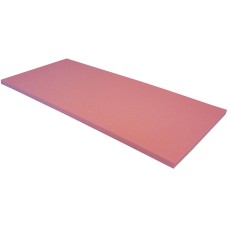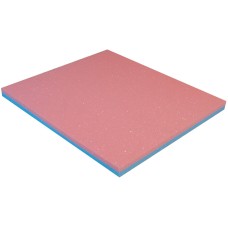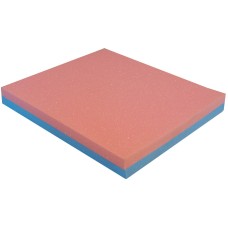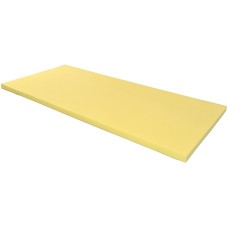CONFOR Foam

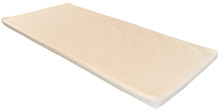


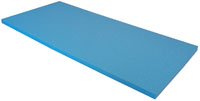

Overview
E-A-R Specialty Composites manufactures and markets proprietary elastomers for noise and vibration control, shock protection and ergonomics. They maintain headquarters and a production facility in Indianapolis and a plant in Newark Del., near Philadelphia.
CONFOR® Foam
Our CONFOR® foams offer a unique combination of seemingly conflicting properties that are ideal for comfort management and protective padding applications. These urethane foams soften and conform when exposed to warmth, giving gentle, virtually pressure-free support. When the foams take a direct blow, however, their high energy-absorption characteristics enable them to absorb up to 97 percent of an impact. While they are slow to recover after deflection, they effectively resist compression set. Because the open-celled foams are breathable, non-irritating in dermal contact, and help dissipate moisture and perspiration away from the body, they are ideal for medical and body contact cushioning applications.
New Report from the British Gliding Association - March, 2017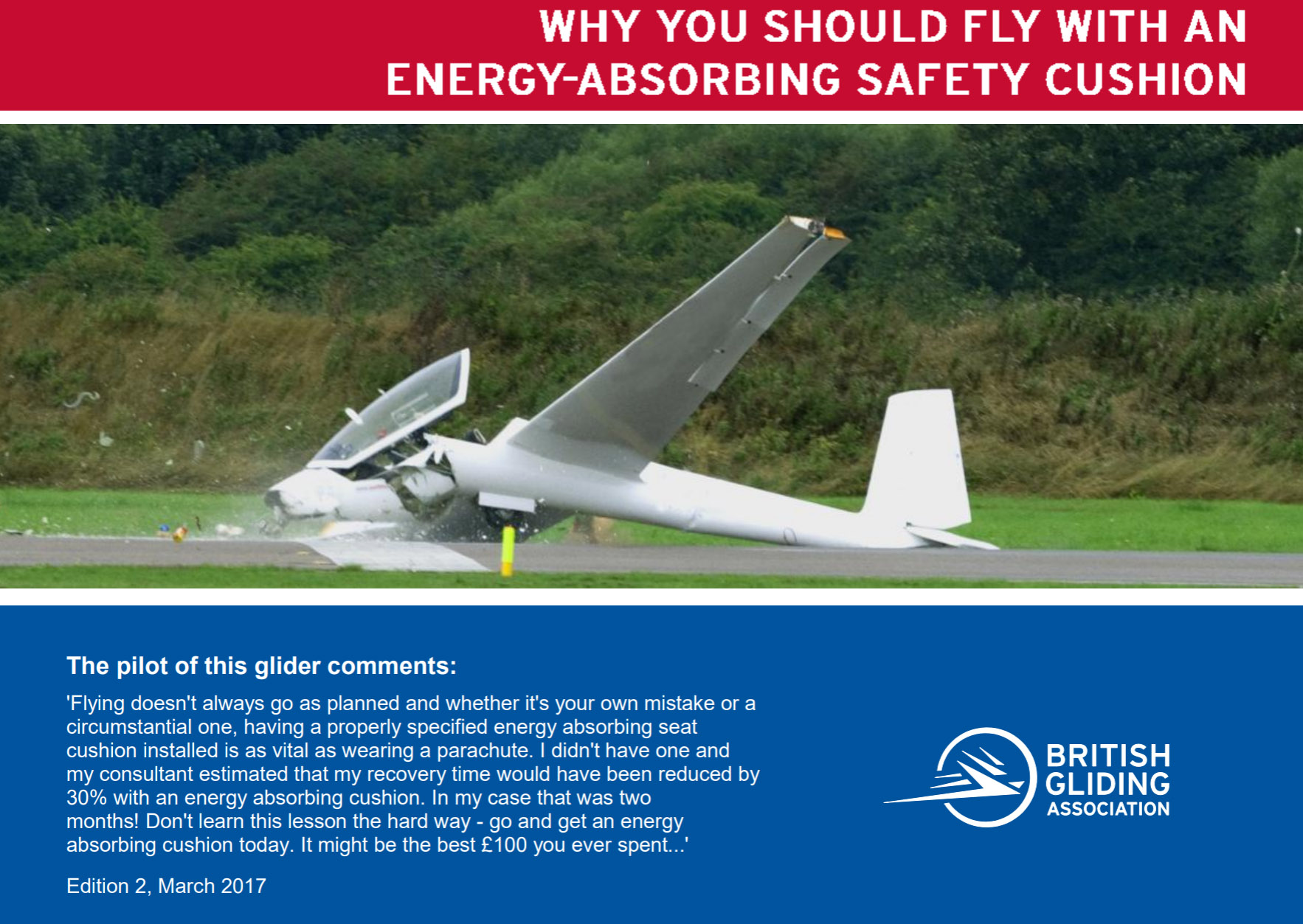
Why You Should Fly with an Energy-Absorbing Safety Cushion
Also available here: https://members.gliding.co.uk/library/safety/safety-foam/
New Report Praises CONFOR Foam from Aearo E-A-R Specialty Composites
The link below is to a report that concludes that CONFOR Foam outperformed other types of seat cushion in regard to long-term comfort.
The text below is copied from the web site in the link below.
Introduction: Glider flights may require the pilot to sit for many hours in a cramped cockpit that allows little movement. Experiments were undertaken to evaluate the performance of different seat cushions in a glider simulator. Methods: Subjects were male glider pilots with a maximum height of 1.85 m (6.07 ft) who participated in simulated glider flights lasting 1.5 h. A pressure-mapping device was used to determine cushion performance. By analyzing 15 subjects we calculated the pressure threshold for comfort, above which fidgeting provided objective evidence of discomfort. To determine cushion performance relative to that threshold, 20 other pilots then sat on 5 different viscoelastic foam cushions in the simulator. Results: The time-averaged peak pressure below which no discomfort-induced fidgeting occurred was 8.8 kPa (1.28 psi). The highest peak pressure at which discomfort could be relieved by fidgeting was 11.0 kPa (1.6 psi). Of the five cushions tested, pressure remained below the discomfort threshold for almost all subjects for only one type of cushion. Discussion: The best-performing cushion had a layered structure made up of approximately 25 mm of Confor C47 (green) foam with an overlay of approximately 13 mm of Confor C45 (blue foam).The other types of energy-absorbing cushions tested, either with or without a softer top layer, are unlikely to provide comfortable seating solutions for most pilots. We conclude that satisfactory cushions are available for this application and that they can be objectively evaluated using this technique.
Note: Cumulus Soaring, Inc. had sold a cushion with 1 inch of green and 1/2 inch of blue for a while, but it was not very popular. Instead, I recommend 1 inch of green and 1 inch of blue in hot climates, and 1 inch of blue and 1 inch of pink in cool climates.
Report: Pressure Measurements and Comfort of Foam Safety Cushions for Confined Seating
Article in "Technical Soaring" in 2009: A Simple Comparison of the Characteristics of Energy-Absorbing Foams for Use in Safety Cushions in Glider Cockpit Environments
Note from Paul Remde: Personally I find the green C45 foam much to hard to use in most Northern parts of the world such as here in Minnesota - except on the hottest summer days. However, it works great in warm/hot climates.
Great For Use In Gliders
CONFOR foam seat cushions are the best product available for use in gliders. They offer 2 advantages over other seat cushion materials.
- Safety
Because of their shock-absorption properties, CONFOR foams are being employed in general aviation passenger seats as a way to meet new crash-load standards. The foams dissipate impact energy, instead of hitting bottom and returning the energy to the impacting body. The extremely high energy-absorption characteristics of CONFOR foam help protect your back from bumps and hard landings. Studies have shown that it dramatically reduces the likelihood of back injury - if used in adequate thicknesses. - Comfort
Because they self-adjust and provide balanced, even support, CONFOR foams do not contribute to the fatigue and discomfort associated with traditional high-resilience seating foams in long-term seating applications, such as for military (and sailplane) pilots, wheelchair patients and mass transit passengers. CONFOR foam softens and conforms to the curves of your body as it is warmed by your body to that is offers support over a larger surface area than most other products - for hours of pressure-free support. This enables enhanced comfort on long glider flights.
Links
CONFOR M Foams Brochure
CONFOR M Foams Material Summary Sheet
Firmness Options
CONFOR Foam is available in several firmness options. The softer versions are more comfortable, but they will "bottom-out" (compress to a point where they offer no padding) more quickly than the more firm versions. Below is a summary of the available firmness options.
- Yellow, CFNT, Very soft and extremely comfortable, but bottoms out easily. Often used on top of layers of Blue and Pink to give extreme comfort.
- Pink, CF-42, Medium-soft, popular, Often used on top of a layer of Blue to give great softness and energy absorbing capability.
- Blue, CF-45, Medium-firm, Most Popular, Recommended by the manufacturer when only a single 1" layer of padding is used. Often used below a layer of Pink to give great energy absorbing capability below the softer comfort of the Pink layer.
- Green, CF-47, Firm, Used below a layer of Blue and Pink layers when there is room for 3 layers. This version offers the best energy absorption in warmer climates. However, it is very, very hard (stiff) at room temperature. I mean, this stuff is really hard. Did I mention that it is really hard... For that reason, I recommend the blue version for most applications.
Cold Temperature Issues
CONFOR foam gets softer as it warms to your body temperature, but it also gets harder as it gets cold. On very cold days is may become brittle and break. You may want to take it out of your airplane if you keep it stored in cold climates.
Gluing Tip
The CONFOR Foam can be glued together using 3M 74 FoamFast Spray Adhesive. It can be purchased from Amazon.com, OfficeDepot, Staples, and some craft stores.
Details from the 3M web site:
"For Bonding Flexible Urethane or Latex Foam Together or to Many Other Materials Like Wood, Metal, and Non-Vinyl Plastics. It is used for bonding flexible urethane or latex foam together or to many other materials like wood, metal and plastics. THIS ADHESIVE IS NOT RECOMMENDED FOR BONDING VINYL PLASTICS. Its outstanding features include extra coverage, bonds immediately."
Ratings
Confor Foam has been tested and complies with the flammability requirements of FAR 25.853(a), Appendix F, Part I (a) (1) (ii)
CONFOR-Fabric-Cover-1x16x18
Fabric Cover - 1" x 16" x 18" (25 x 406 x 457 mm) This optional fabric cover offers more comfor..
$35.00
CONFOR-Fabric-Cover-1x18x40
Fabric Cover - 1" x 18" x 40" (25 x 457 x 1016 mm) This optional fabric cover offers more comfo..
$80.00
CONFOR-Fabric-Cover-2x16x18
Fabric Cover - 2" x 16" x 18" (51 x 406 x 457 mm) This optional fabric cover offers more comfor..
$40.00
CONFOR-Foam-Blue-1x16x18
CONFOR® Foam Seat Cushion - Blue - 1x16x18" - PopularThis seat cushion material is an..
$45.00
CONFOR-Foam-Blue-1x18x40
CONFOR® Foam Seat Cushion - Blue - 1x18x40" - PopularThis seat cushion material is an..
$90.00
CONFOR-Foam-Green-1x16x18
CONFOR® Foam Seat Cushion - Green - 1x16x18"This seat cushion material is an investment in..
$35.00
CONFOR-Foam-Green-1x18x40
CONFOR® Foam Seat Cushion - Green - 1x18x40"This seat cushion material is an investment in..
$90.00
CONFOR-Foam-Pink-1x16x18
CONFOR® Foam Seat Cushion - Pink - 1x16x18"This seat cushion material is an investment in ..
$35.00
CONFOR-Foam-Pink-1x18x40
CONFOR® Foam Seat Cushion - Pink - 1x18x40"This seat cushion material is an investment in ..
$90.00
CONFOR-Foam-Pink-Blue-1x16x18
CONFOR® Foam Seat Cushion - Pink & Blue - 1x16x18"This seat cushion material..
$50.00
CONFOR-Foam-Pink-Blue-2x16x18
CONFOR® Foam Seat Cushion - Pink & Blue - 2x16x18" - Popular - Fabric C..
$90.00
CONFOR-Foam-Yellow-1x18x40
CONFOR® Foam Seat Cushion - Yellow - 1x18x40"This seat cushion material is an investment i..
$90.00

